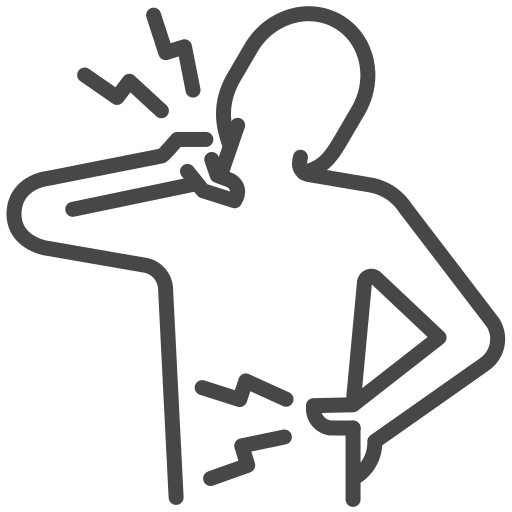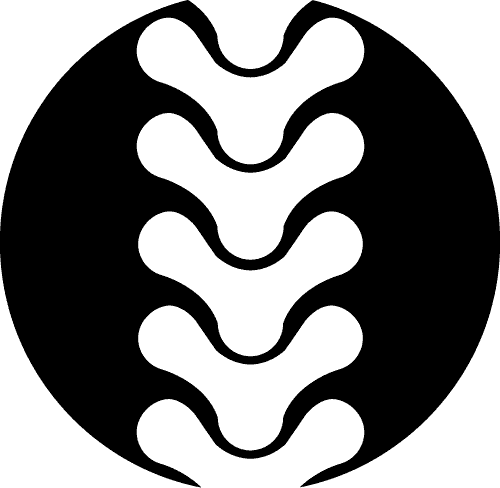From diagnosis to treatment, how to cope with the chronic nature of migraine headaches
Migraines are unpredictable. They can be triggered by bright and flashing lights, strong odors or scents, heat, extreme cold, poorly ventilated rooms, and noise.
Anyone who suffers from migraine headaches will agree that this type of head pain is not like a typical headache. A migraine can stop ones daily routine for a day or more when the pain strikes, despite medication or natural remedies administered to the patient.
Migraines are one of the most diagnosed illnesses associated with pain. But how do you know you suffer from a migraine and not just an ordinary headache? It would help if you understood the stages of a migraine and the various treatments available for you at Jaffe Sports Medicine.
Types of Headaches
Chronic headaches are not always considered migraines. Instead, the type of headache you have is determined by the associated symptoms and where the pain is located. Types of headaches range from a migraine headache, cluster headaches, tension headaches, and common cold or sinus headaches.
If you have widespread head pain, some neck pain, and the pain is considered a 5-6/10 on a rating scale, the headache is likely associated with tension. If you have not experienced visual disturbance, nausea, vomiting, or light sensitivity, the headache is probably a tension headache and will go away in an hour or two.
If your eyes are red and watery, or you’re experiencing facial pain, you could be having a typical sinus headache. The sinus headache symptoms can often mirror a cluster headache; however, with a cluster headache the pain is moderate to severe and lasts longer.
Head pain caused by a sinus headaches tension headache is annoying and feels dreadful, but often, the pain is quickly relieved with an over-the-counter headache remedy. However, if you experience the stages below, it’s safe to assume you have a migraine headache.
Stages of a Migraine
Migraines are often associated with warning symptoms leading up to the attack. With a migraine, the nature of the headache will include stages. These stages may or may not produce pain. The symptoms are varied and can range from mild mood swings to severe and debilitating pain, which almost always lasts from 24 to 72 hours.
Prodrome: Migraine symptoms may begin suddenly or over one or two days leading up to the headache. The symptoms of onset in the prodrome stage will include changes in mood, fatigue, neck pain, and sometimes food cravings.
Aura: The aura stage will include tingling sensations in the arms and legs and sometimes facial areas, as well as the inability to gather thoughts or speak in complete sentences.
You may also notice visual disturbances called “floaters,” which can severely affect the ability to see for a long time. Just know these floaters will subside, and you will have no problems with vision once the migraine has run its course. We understand that there may or may not be head pain associated with the aura stage, depending on how quickly the migraine progresses.
Attack: The attack stage is when the actual pain occurs. Along with pain, you can expect nausea, vomiting, possible fainting, and throbbing head pain. Our patients often describe that they will need to lie down in a dark room with no sounds or light until the pain subsides once the headache begins. The pain/attack phase can last several hours but the duration is often reliant on if you have taken medication to relieve pain.
Recovery: Once the pain subsides, you will likely feel fatigued, despite the numerous hours you may have slept. The recovery stage can last up to 48 hours. After that, you will slowly regain strength, and your functions will feel more restored.
Treatment Options
There are many treatment options available for those who suffer from diagnosed chronic migraines.
Medications are available to treat migraines once they occur, and some are even available to prevent migraines from occurring. In addition to these medications, Botox injections have been helpful for patients and some antipsychotic medications.
For those who prefer a more holistic approach, supplements such as magnesium, Butterbur, CoQ10, and Feverfew have been noted to help prevent migraines. In addition to supplements, practicing the methods of stress management, better dietary choices, and yoga are effective treatment options.
Other options include acupuncture and physical therapy that promotes progressive muscle relaxation techniques that Jaffee Sports Medicine can prescribe for you.
At Jaffe Sports Medicine, our physicians will perform an initial evaluation before beginning treatment for your chronic headaches to determine what methods to use for your headache relief. Our multidisciplinary medical center is comprised of experienced and caring doctors that provide the best care in head pain relief. With the most advanced diagnostic and therapeutic tools currently available, our medical professionals can analyze your headache and find the best course of action to improve and relieve your pain and discomfort.
TEXT BY M. HIATT














